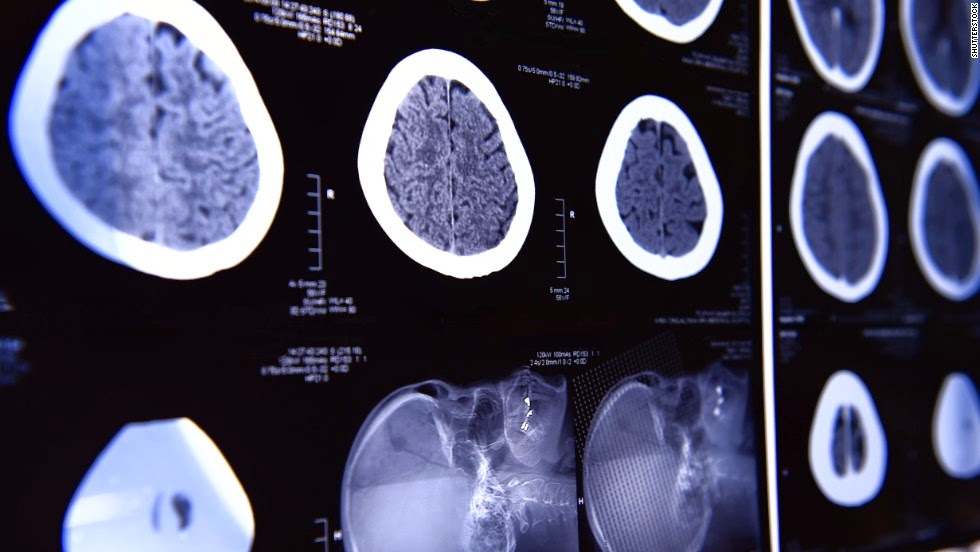CDC: Autism Rates May (Or May Not) Be On The Rise
by Alice G Walton PhD
 |
| Alice G Walton PhD |
Recently the CDC released its newest data on the number of children affected by autism in the country. The health and education records of 8-year-old children in 11 states – Alabama, Arizona, Arkansas, Colorado, Georgia, Maryland, Missouri, New Jersey, North Carolina, Utah, and Wisconsin – were combed to arrive at the new numbers. The finding that many have expressed concern about is that now 1 in 68 children may have autism spectrum disorder (ASD). The number is up markedly from two years ago when it was 1 in 88, and seven years ago when it was 1 in 150. But the thing to keep in mind is that these are simply rates at which kids are being identified – so the data may not indicate that autism prevalence has actually jumped that much.
1. 14.7 kids in 1000 were identified with ASD in the current study, which is about 1 in 68. But remember that the data come from only in 11 areas of the country: “It does not represent the entire population of children in the United States,” says the CDC.
2. There is a clear rise in the rate of diagnosis, but we don’t exactly know why. “Some of it may be due to the way children are identified, diagnosed, and served in their local communities, but exactly how much is unknown,” says the CDC. In other words, the ability of the communities to identify autism may be improving, rather than the actual instances of autism increasing.
 |
| ASD Prevalence increased to 1:68 Children in the US |
3. There was a huge variation in the number of children with ASD in different areas of the country: for example, 1 in 175 children in Alabama vs. 1 in 45 in New Jersey was identified with ASD. This may have partly to do with the resources the communities have to identify and offer services to kids with autism, rather than an actual difference in autism prevalence across these states.
4. Nearly half of the kids with an ASD diagnosis (46%) had above-average intelligence (IQ over 85), an interesting finding in itself. In 2002, only about a third of children with ASD were thought to have above-average intelligence.
5. Similar to trends in the past, boys were five times as likely as girls to be diagnosed with ASD: “About 1 in 42 boys and 1 in 189 girls were identified with ASD,” says the CDC.
6. The rates of ASD diagnosis differed between ethnicities of children: Among white children, the rate was about 1 in 63; among black children, it was 1 in 81; and among Hispanic children, 1 in 93.
7. Only 44% of children with an ASD diagnosis were diagnosed by age 3.
8. This means that the majority weren’t diagnosed till age 4, which is relatively late, in terms of early intervention. The CDC says that diagnosis is in many cases possible as young as 2 years old, which makes educational and behavioral interventions the most productive.
9. There was a greater likelihood among black and Hispanic children to have co-occurring intellectual disability.
10. Only 80% of children who were identified by the current study as having ASD had been diagnosed by a doctor or were receiving services through their schools. In other words, 20% of children who likely had ASD in these 11 communities were not actually diagnosed as having it by their communities.
On the bright side, this last point indicates that more kids are actually being diagnosed with ASD than in earlier reports, when this number was only 70%.
Colleen Doyle, the director of the National Center on Birth Defects and Developmental Disabilities at the CDC, says that increasing awareness on the community level is what’s key. “Communities across the country can use this information to promote early identification and to plan for training and service needs.” She adds that early identification is “the most powerful tool we have right now to make a difference in the lives of young children with autism.”
Getting services early can make a huge difference in development of the children, and in the everyday experience of the children and their families, provided that the services are available – and that funding is within reach. This may not always be the case for many in the country. The CDC says it will continue promoting research to understand the causes and risk factors for ASD, as well as its early signs, and helping make services available for those who would benefit from them.



Comments
Post a Comment